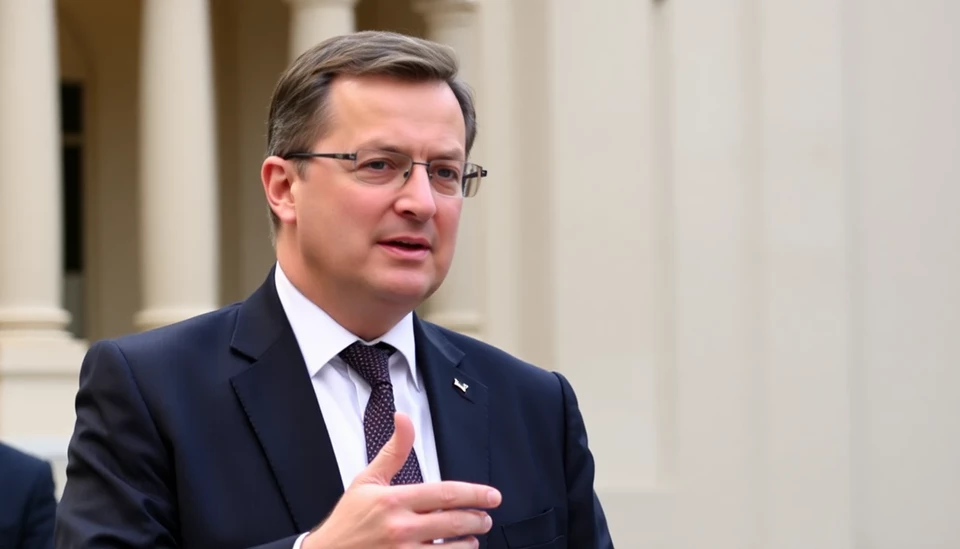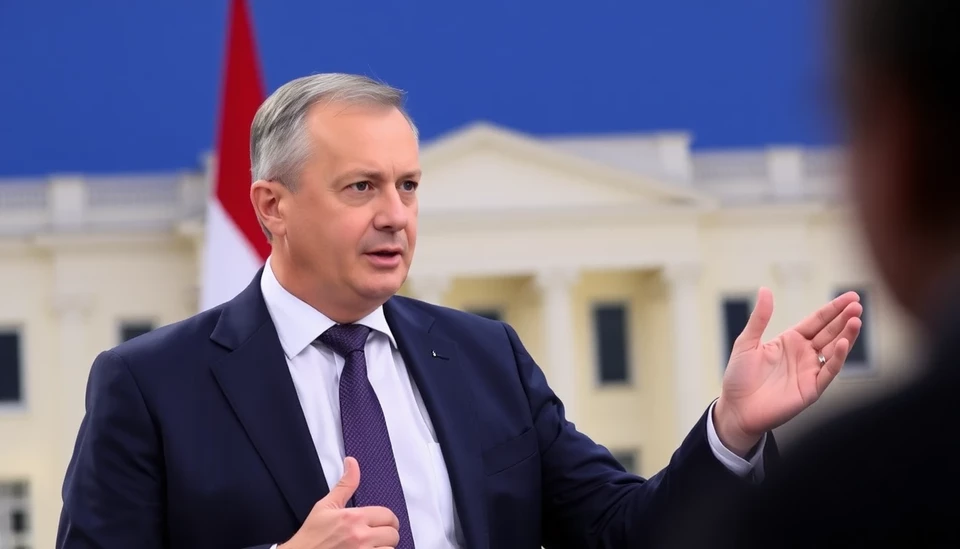
In a significant decision following the tenure of central bank Governor Gyorgy Matolcsy, Hungary's central bank is set to hold its key interest rate steady. As the nation navigates economic challenges and prepares for a shift in governance, the Monetary Council's meeting on February 25, 2025, is poised to send a clear message regarding Hungary's monetary policy direction.
The decision to keep the interest rate unchanged signals the central bank's cautious approach amid lingering inflation and economic pressures. Analysts anticipate that the bank will maintain a steady course while assessing the state of the economy and waiting to understand the ramifications of potential changes in leadership.
Matolcsy, who has been at the helm since 2013, has been a controversial figure characterized by aggressive monetary policies aimed at spurring growth. As his term reaches its conclusion, many are speculating how the shift in leadership will impact Hungary's financial landscape, particularly in light of the current economic climate that includes rising inflation rates and fluctuating economic forecasts.
Observers expect the incoming governor to introduce a fresh strategy to tackle these challenges. However, in the interim, the policy of retaining the key rate at 13% is expected to continue to stabilize the economy while gradually working to align it with European Union standards.
Hungary's recent economic performance has been mixed, with growth slowing down after a post-pandemic recovery. The central bank is caught between the need to support growth and its commitment to combat inflation, which has been a concern for households and businesses alike. The inflation rate continues to hover above the bank’s target, placing pressure on the current administration to deliver effective solutions.
In preparation for the upcoming policy decisions, the central bank is keeping a close watch on various economic indicators, including consumer spending, foreign investments, and the global economic environment. These factors will play a crucial role as the council navigates the road ahead.
As Hungary stands at a crossroads, the decisions made in the coming weeks could potentially determine the nation's economic trajectory for years to come. Stakeholders in both the public and private sectors are keenly observing the situation, anticipating a blend of continuity and change in Hungary's monetary policy landscape.
With a significant transition on the horizon, the nation awaits to see how new leadership will address ongoing economic challenges while striving for stability and growth.
#Hungary #InterestRate #MonetaryPolicy #EconomicGrowth #CentralBank #Inflation #LeadershipChange #GyorgyMatolcsy
Author: Daniel Foster




